Introduction
White fungus, scientifically known as Tremella fuciformis, is a type of edible mushroom that has been cherished in traditional Chinese medicine and cuisine for centuries. Its jelly-like texture and mild flavor make it a versatile ingredient in various dishes, from soups and desserts to salads and smoothies. One of the fundamental steps in preparing white fungus for cooking is soaking it in water. This process not only softens the fungus, making it more pliable and easier to cook, but also helps to remove any impurities or dirt. However, the question arises: how long should you soak white fungus to achieve the best results? This article delves into the intricacies of soaking white fungus, exploring the ideal duration, methods, and tips for a successful preparation.
Understanding White Fungus
Before discussing the soaking process, it’s essential to understand the unique properties of white fungus. Unlike other mushrooms, white fungus has a gelatinous consistency when cooked, which is why it’s often used as a thickening agent or to add a silky texture to dishes. It’s rich in dietary fiber, vitamins, and minerals, making it a nutritious addition to any meal. When dried, white fungus can be stored for long periods without losing its quality, but it must be soaked before use to restore its natural texture and flavor.
The Importance of Soaking
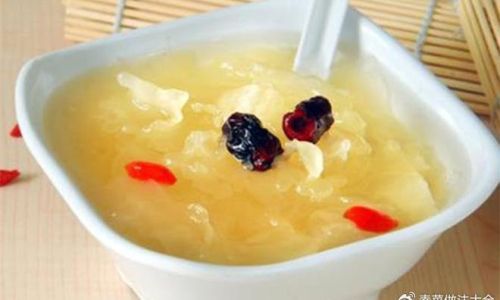
Soaking white fungus serves several purposes:
- Hydration: It rehydrates the dried fungus, restoring its moisture content and making it ready for cooking.
- Cleaning: The process helps to remove any dirt, dust, or debris that may have adhered to the fungus during drying or storage.
- Texture Improvement: Soaking softens the fungus, making it easier to cut, blend, or cook into your desired consistency.
- Flavor Enhancement: Proper soaking can bring out the natural sweetness and aroma of white fungus, enhancing the overall taste of your dish.
How Long Should You Soak White Fungus?
The duration for soaking white fungus can vary depending on several factors, including the size and thickness of the dried pieces, the desired texture for your dish, and personal preference. However, a general guideline can be provided:
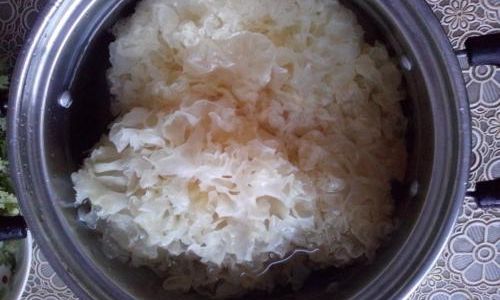
- For Most Dishes: Soak white fungus in cold water for approximately 2 to 4 hours. This is the standard soaking time that balances hydration, cleaning, and texture improvement without over-softening the fungus.
- Quick Soak Method: If you’re in a rush, you can use hot water to speed up the process. Soak the fungus in hot water for about 30 minutes to 1 hour. Note that using very hot water can cause the fungus to soften too quickly, potentially affecting its texture and flavor.
- Overnight Soaking: For those who plan ahead, soaking white fungus overnight in cold water is also an option. This method ensures thorough hydration and cleaning, but it’s crucial to refrigerate the soaking water to prevent bacterial growth.
Steps for Soaking White Fungus
Here’s a step-by-step guide to soaking white fungus correctly:
- Preparation: Begin by inspecting the dried white fungus for any large pieces or impurities. Break or cut the pieces into smaller, more manageable sizes if necessary.
- Water Selection: Use clean, fresh water for soaking. Tap water is usually fine, but if you’re concerned about impurities, you can use filtered or bottled water.
- Soaking: Place the white fungus in a bowl or container and cover it with water. Ensure that all pieces are fully submerged.
- Duration: Follow the soaking time guidelines mentioned earlier based on your needs and preferences.
- Changing Water (Optional): If you’re soaking for an extended period, such as overnight, consider changing the water at least once to remove any impurities that may have been released from the fungus.
- Draining: Once the soaking time is up, drain the water from the bowl and gently pat the white fungus dry with a clean cloth or paper towels. Avoid squeezing or wringing out the excess water, as this can damage the texture.
- Inspection: Before cooking, inspect the soaked white fungus for any remaining impurities or tough pieces that may need to be trimmed away.
Tips for Successful Soaking
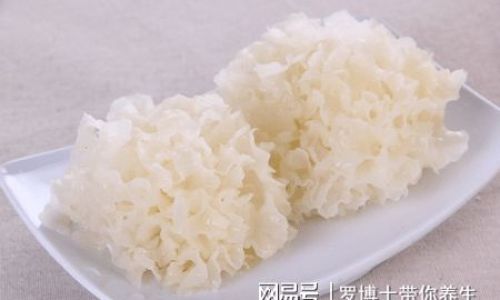
- Temperature Control: As mentioned, the temperature of the soaking water can affect the texture and flavor of the white fungus. Use cold water for a slower, more controlled soaking process, or hot water for a quicker soak. Avoid using boiling water, as it can cause the fungus to become mushy.
- Container Choice: Choose a container that’s large enough to hold the white fungus and enough water to fully submerge it. A glass or ceramic bowl is a good choice, as it won’t react with the fungus or alter its flavor.
- Storage: If you’re soaking white fungus overnight, make sure to cover the bowl with a lid or plastic wrap to prevent contamination. Store it in the refrigerator to maintain a safe temperature.
- Don’t Over-Soak: Over-soaking can cause the white fungus to lose its structure and become too soft, which can affect the final texture of your dish. Follow the recommended soaking times closely.
- Use as Needed: Once soaked, white fungus should be used immediately or stored in the refrigerator for up to a day. Prolonged storage can lead to texture degradation and potential bacterial growth.
Conclusion
Soaking white fungus is a crucial step in preparing it for cooking, and the duration you choose can significantly impact the final outcome of your dish. By following the guidelines and tips provided in this article, you can ensure that your white fungus is perfectly soaked, hydrated, and ready for any culinary creation. Whether you’re making a traditional Chinese soup, a modern dessert, or a unique salad, the right soaking time will help you achieve the desired texture, flavor, and nutritional benefits of this versatile ingredient. Remember, the key to successful soaking is patience, attention to detail, and an understanding of the unique properties of white fungus. With these elements in place, you’ll be well-equipped to transform dried white fungus into a delicious and nutritious addition to your meals.



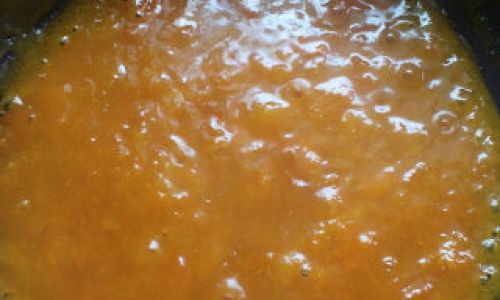
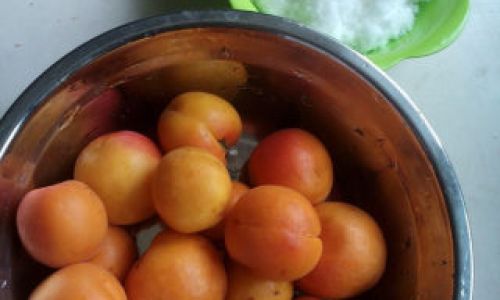
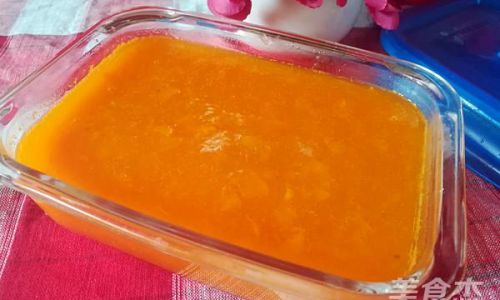
0 comments